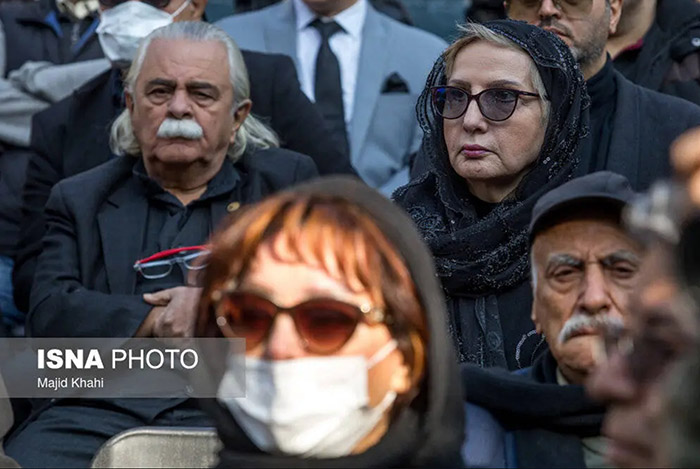3. Respect for Text
Marzban treated playwrights’ words with almost sacred reverence. Whether directing Radi or other writers, he refused to distort the text for spectacle or trend. His productions were considered among the most text-faithful in Iran.
4. A Bridge Between Tradition and Modernity
Although a modernist, Marzban incorporated subtle Iranian aesthetic elements—rhythmic dialogue, poetic pacing, culturally familiar gestures—which grounded his productions in local identity while allowing them to resonate universally.
Teaching Career and Influence on Students
From 1998 to 1999, Marzban taught performing arts at the Theater Center of Iran University of Science and Technology. Although his official academic teaching career was brief, his impact was profound. Many of his students later became directors, actors, set designers, and educators.
Among his various honors, Marzban received the First Degree of Arts, a distinction often regarded as the cultural equivalent of a doctoral degree in Iran. This recognition acknowledged his lifelong contributions to theater, his commitment to cultural development, and his role in elevating Iranian dramatic arts.
Later Years: A Life Dedicated to the Stage
Even in his later decades, Marzban remained professionally active. He continued to stage major works, attend rehearsals, participate in conferences, and guide younger artists. His relationship with theater was not one of intermittent involvement but of profound existential commitment. For Marzban, theater was not merely an occupation—it was a worldview, a means of understanding the human condition, and a form of social engagement.
In interviews, he often spoke about the responsibility of Iranian theater to preserve cultural memory while responding to contemporary realities. He believed theater should challenge audiences but never abandon empathy.
Illness and Passing
In the final year of his life, Marzban struggled with pancreatic disease, a condition that gradually weakened him but did not diminish his dedication to theater. Despite periods of hospitalization, he continued to follow theatrical developments and remained intellectually curious.


